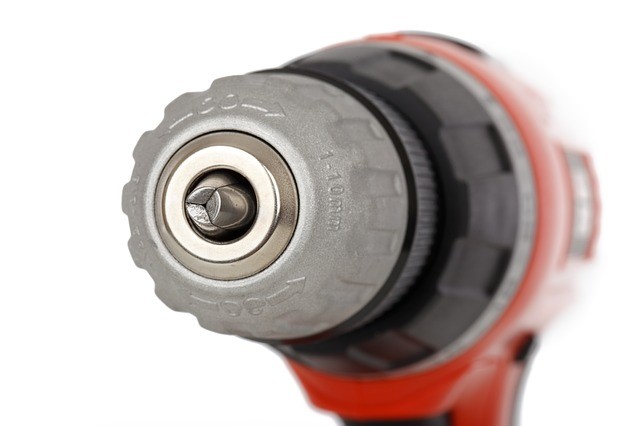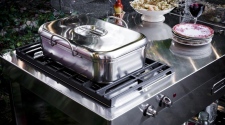The power drill is far and away the most versatile and useful power tool to have, and because of this, it is very often the first power tool one purchases. Given the wide variety of options out there, coupled with the fact that any decent power tool involves a fair investment, it really pays to do your homework first. You do not want to be disappointed when you get home with your brand new drill, and find it is not suitable for you needs.
You first need to give some thought to the kind of work you intend using the drill for. A regular drill is fine for wood and metal, but if you intend to do masonry drilling, especially bricks and hard concrete, you will probably be better off with a hammer drill. Think, not only about now, but also work you might need to do in the future.

What Is a Hammer Drill?
It is important to first understand exactly what a power drill is and how it differs from a regular drill.
A regular drill has a chuck which open to accommodate the drill bit. There are different drill bits, depending on the surface you wish to drill, for example, wood bits, metal bits and masonry (brick and concrete) bits. The regular drill rotates the drill bit at high speed to create a hole in the object you are drilling. Regular drill are less expensive than hammer drills. These drill are suitable for wood and metal work but not recommended for brick or concrete. If you do try to drill into masonry with a regular drill, use water to keep the drill bit cool and ensure the motor does not overheat. You will only have the speed of the drill and your own strength to work with.
A hammer drill looks and feels pretty much the same as a regular power drill, however, in the workings of the hammer drill is one significant difference. The hammer drill has a mechanism or hammer clutch, that once can activated, causes the drill to exert short, powerful, high speed thrusts, that help to break down the material that you are drilling into. This action speeds up the drilling process.
The hammering action exerts a relatively small force but extremely rapidly. The speed is measured in blows per minute or bpm and can be as fast as 40 000 bpm.
There are two main types of hammer drill:
-
Standard Hammer Drill.
These normally work with a cam-action by which two sets of toothed gears work together to move the entire chuck and bit forward as the drill bit rotates. You can not use the hammer action on its own as the bit has to be rotating. When in use, the hammer function can be turned on or off. Standard hammer drills are lower power drills, suitable for lighter occasional work. They are lighter than rotary hammer drills and according to one of my sources, can even be cordless.
-
Rotary Hammer Drill.
The rotary hammer drill is larger, heavier and provides more power. It works on a electro-pneumatic (EP) hammering mechanism technology. It uses two pistons to create air pressure to drive the hammering action.
This rapid hammering action breaks up the concrete or brick making the drilling much faster and easier. Trying to drill into masonry surfaces with a normal drill can take a long time and be physically exhausting. Drilling brick and concrete with a normal drill can also cause the motor on the drill to burn out.
So there you have it. Now that you understand more about the difference between a regular drill and a hammer drill, you will be in a position to make an informed choice. Take the time to think about what projects you might work on, not only now but in the future, and ensure you choose something suitable for your requirements.















